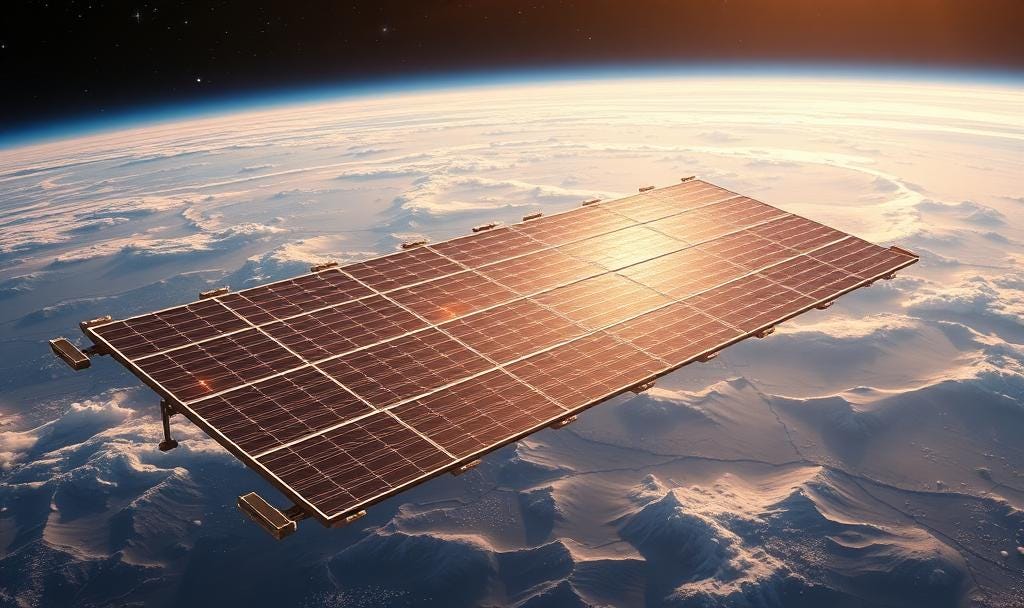Is Space-Based Solar Power Ready for Prime Time?
Analysis of John Mankins’ Final SPS Study Findings
The dream of harvesting limitless solar energy from space and beaming it wirelessly to Earth has captivated engineers and entrepreneurs for over half a century. Space-Based Solar Power (SBSP) promises continuous, weather-independent renewable energy that could theoretically generate electricity 24 hours a day, 365 days a year. Yet…
Keep reading with a 7-day free trial
Subscribe to The Journal of Space Commerce to keep reading this post and get 7 days of free access to the full post archives.



